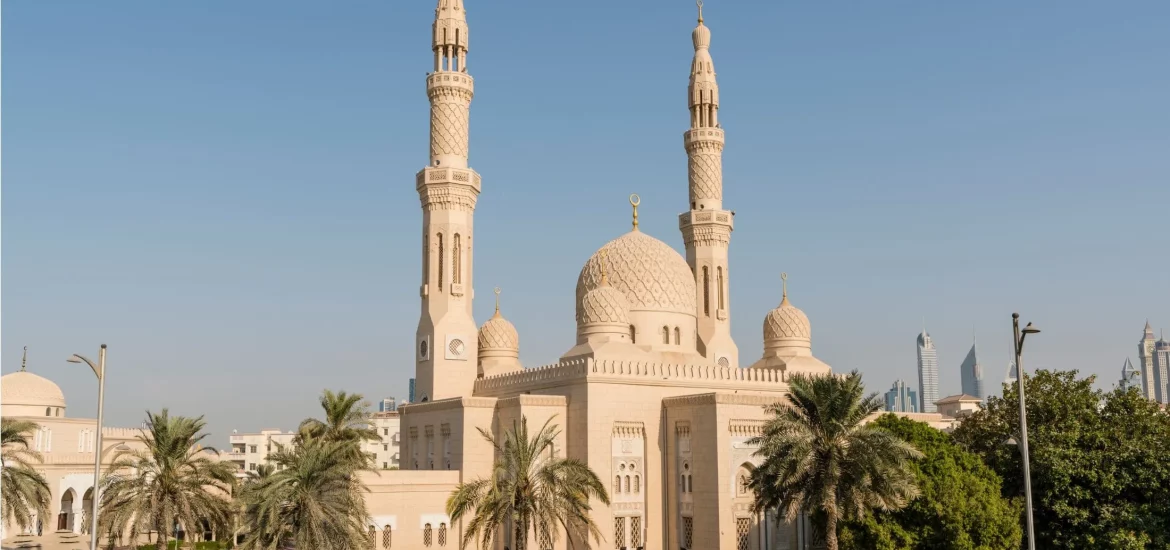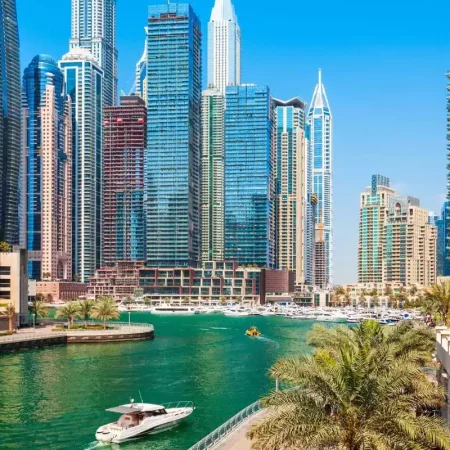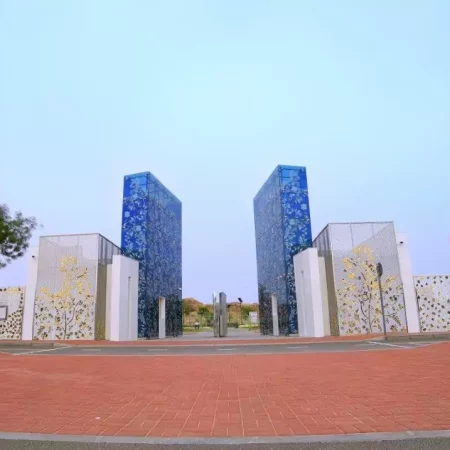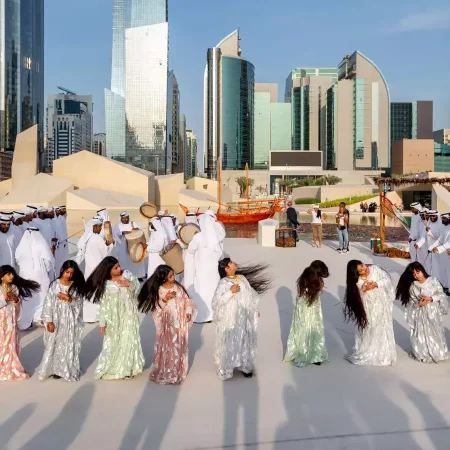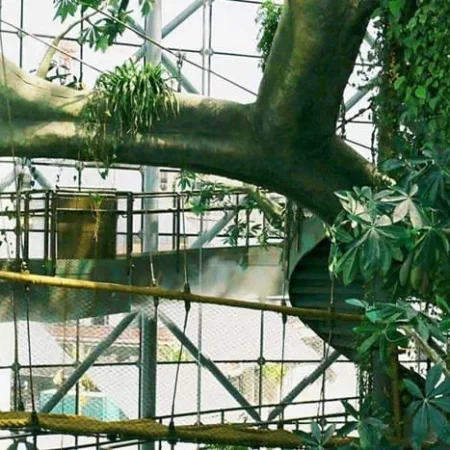Dubai’s Historical Landmarks
Dubai, a city renowned for its towering skyscrapers and futuristic innovations, also harbors a rich historical tapestry that tells the story of its humble beginnings and remarkable transformation. In this blog, we embark on a journey through time, exploring some of Dubai’s most significant historical landmarks, from the insightful Etihad Museum to the charming alleys of Al Bastakiya.
